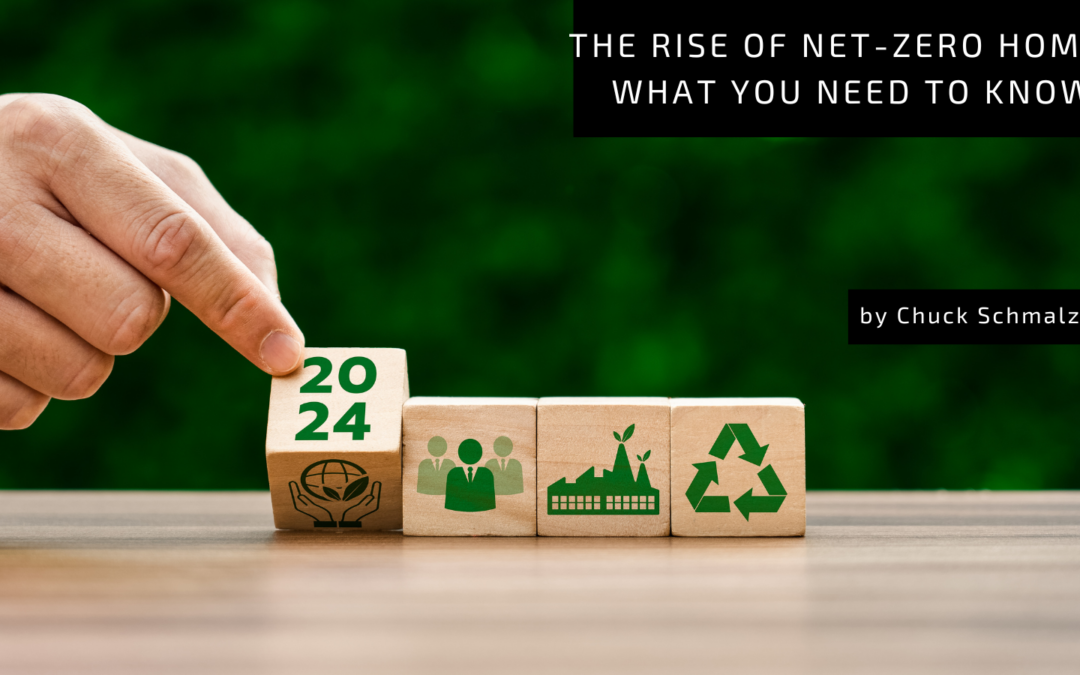In the era of sustainable living and environmental consciousness, net-zero homes have emerged as a beacon of eco-friendly innovation. A net-zero or zero-energy home is designed to produce as much energy as it consumes, effectively balancing the energy equation and significantly reducing its carbon footprint. Here’s what you need to know about the rise of net-zero homes and their transformative impact on the housing industry.
Energy Efficiency as a Priority: Net-zero homes prioritize energy efficiency from the ground up. The building envelope is meticulously designed to minimize heat loss or gain, incorporating advanced insulation materials, high-performance windows, and airtight construction. Energy-efficient appliances and lighting further contribute to the overall goal of reducing energy consumption.
Renewable Energy Integration: One of the defining features of net-zero homes is the integration of renewable energy sources. Solar panels are a common feature, capturing sunlight and converting it into electricity to power the house. Other renewable energy technologies, such as wind turbines or geothermal systems, may also be employed based on the property’s location and available resources.
Smart Home Technology: Net-zero homes often incorporate smart home technology to optimize energy usage. Automated systems can regulate heating, ventilation, and air conditioning (HVAC) based on occupancy and external weather conditions. Smart thermostats, lighting controls, and energy monitoring systems empower homeowners to manage and reduce their energy consumption actively.
Energy Storage Solutions: To address energy production and consumption fluctuations, net-zero homes may include energy storage solutions. Battery systems store excess energy generated during peak sunlight hours for use during low or no solar production periods. This ensures a continuous and reliable power supply, even when renewable energy sources are not actively generating electricity.
Green Building Materials: The construction of net-zero homes often involves using sustainable and eco-friendly building materials. From recycled steel and reclaimed wood to low-impact concrete alternatives, the choice of materials aims to minimize environmental impact while promoting a healthy indoor living environment.
Cost Considerations: While the upfront costs of constructing a net-zero home may be higher due to the installation of renewable energy systems and advanced insulation, homeowners often recoup these expenses through long-term energy savings. Many governments and municipalities also offer incentives, tax credits, or grants to encourage the construction of energy-efficient homes, making the transition to net zero more financially feasible.
Environmental Impact: The most significant benefit of net-zero homes is their positive environmental impact. By producing clean energy and reducing reliance on fossil fuels, these homes contribute to lower greenhouse gas emissions and help combat climate change. Adopting net-zero principles aligns with global efforts to transition towards a more sustainable and resilient future.

